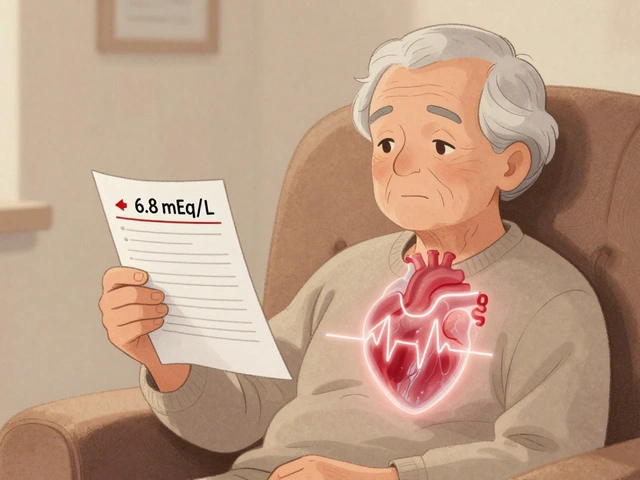ICS/LABA inhalers — what they do and who needs them
ICS/LABA inhalers combine an inhaled corticosteroid (ICS) with a long-acting bronchodilator (LABA). You get inflammation control from the steroid and longer-lasting opening of the airways from the LABA. That combo is a go-to choice for people with moderate-to-severe asthma and for many with COPD who still have symptoms on single medicines.
If you’ve ever wondered why your doctor prescribes a combo instead of one drug at a time, it’s because the pair works together: the steroid reduces swelling in the airway while the LABA keeps the airway relaxed for hours. That means fewer flare-ups and often fewer quick-relief inhaler uses.
Practical tips for using ICS/LABA inhalers
Use the inhaler exactly as shown by your clinician or pharmacist. Here are concrete steps that help most people: shake pressurized devices, exhale fully, place the mouthpiece in your mouth, press and inhale slowly for metered-dose inhalers; for dry powder devices, breath in quickly and deeply. Hold your breath for 5–10 seconds when you can. If you’re given two puffs, wait about 30–60 seconds between them.
To protect your mouth and throat, rinse and spit after using an ICS-containing inhaler. That cuts the risk of thrush (oral yeast) and hoarseness. If you’re using a spacer with a pressurized inhaler, keep using it — spacers reduce dosing errors and improve delivery to the lungs.
Safety, side effects, and switching options
Common side effects include throat irritation, hoarseness, mild oral thrush, and sometimes a higher heart rate from the LABA. These are usually manageable: rinsing after use, using the lowest effective dose, and regular follow-up with your clinician. Never stop a prescribed steroid suddenly; your doctor will guide any changes.
LABAs should not be used alone for asthma — they must be paired with an ICS. If you feel your inhaler isn’t working well, ask your clinician about device technique first. If you still need change, there are alternative ICS/LABA brands and different devices (metered-dose inhalers, dry powder inhalers) that may suit your lifestyle better. Our article “Symbicort Alternatives: What Pharmacists Want You To Know” looks at options, switching safely, and what pharmacists recommend.
Keep an action plan for flare-ups and carry your rescue inhaler. Track symptoms and peak flow if recommended. Finally, tell your clinician about any heart symptoms, tremors, or sleep problems after starting a LABA-containing inhaler — these help decide if an alternative or dose change is needed.
Want more detail or to compare specific inhalers? Check the Symbicort alternatives guide on our site for real-world tips on choosing a device, understanding side effects, and safe switching steps.
20
Formoterol/Budesonide Combo vs. Other Inhalers: 2025 Guide to ICS/LABA for Asthma & COPD
Get the inside scoop on how formoterol/budesonide combos stack up against other ICS/LABA inhalers on the market in 2025. This article digs deep into clinical data, user tips, and real-world usage for asthma and COPD. Learn the differences in onset of action, side effects, price, and more. Plus, check out current alternatives and what matters most when picking an inhaler. Make smarter choices for your breathing.
Latest Posts
Popular Posts
-
 Dangerous Hyperkalemia from Medications: Cardiac Risks and Treatment
Dangerous Hyperkalemia from Medications: Cardiac Risks and Treatment
-
 Pharmacy Reimbursement: How Generic Substitution Impacts Pharmacies and Patients Financially
Pharmacy Reimbursement: How Generic Substitution Impacts Pharmacies and Patients Financially
-
 Medication-Induced Diarrhea: How to Prevent and Treat It Effectively
Medication-Induced Diarrhea: How to Prevent and Treat It Effectively
-
 Generational Differences: How Age Shapes Attitudes Toward Generic Medications
Generational Differences: How Age Shapes Attitudes Toward Generic Medications
-
 GLP-1 Side Effects: How to Manage Nausea, Dosing, and Realistic Expectations
GLP-1 Side Effects: How to Manage Nausea, Dosing, and Realistic Expectations


